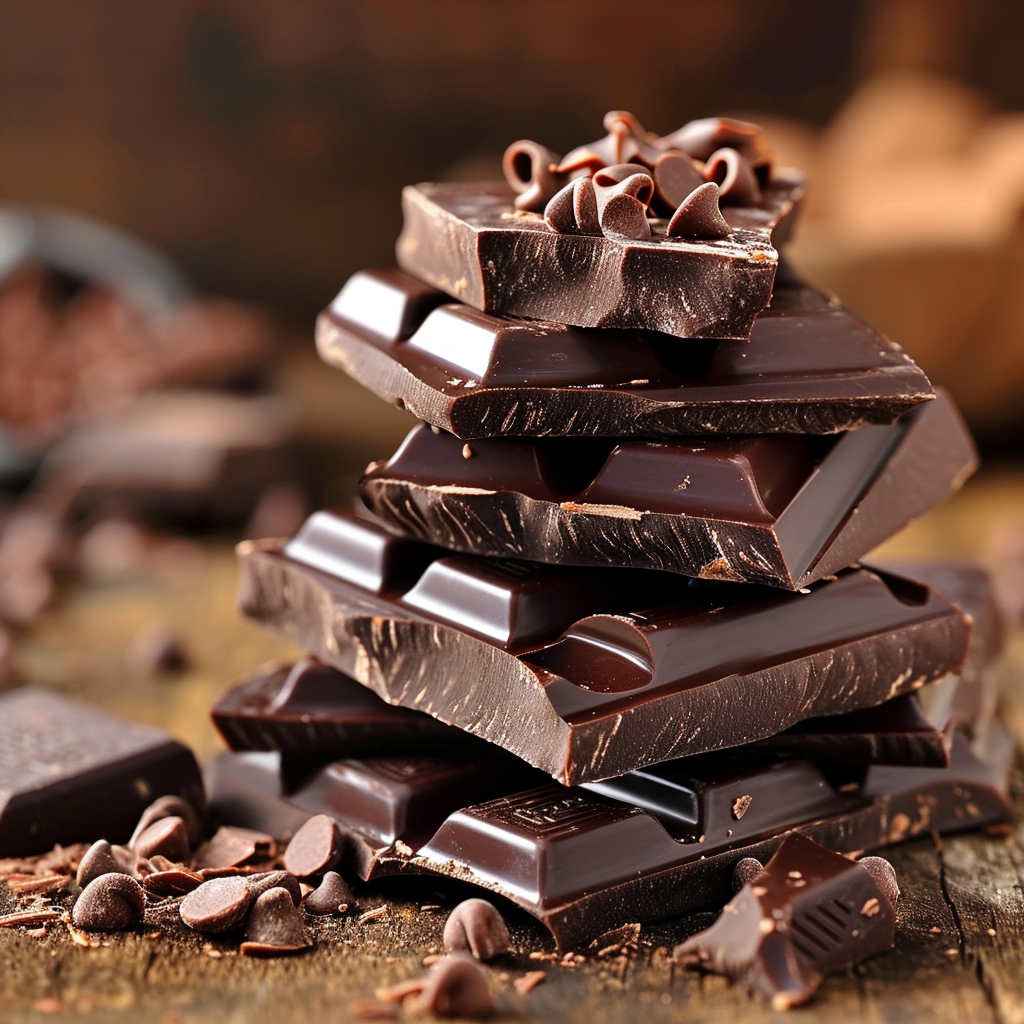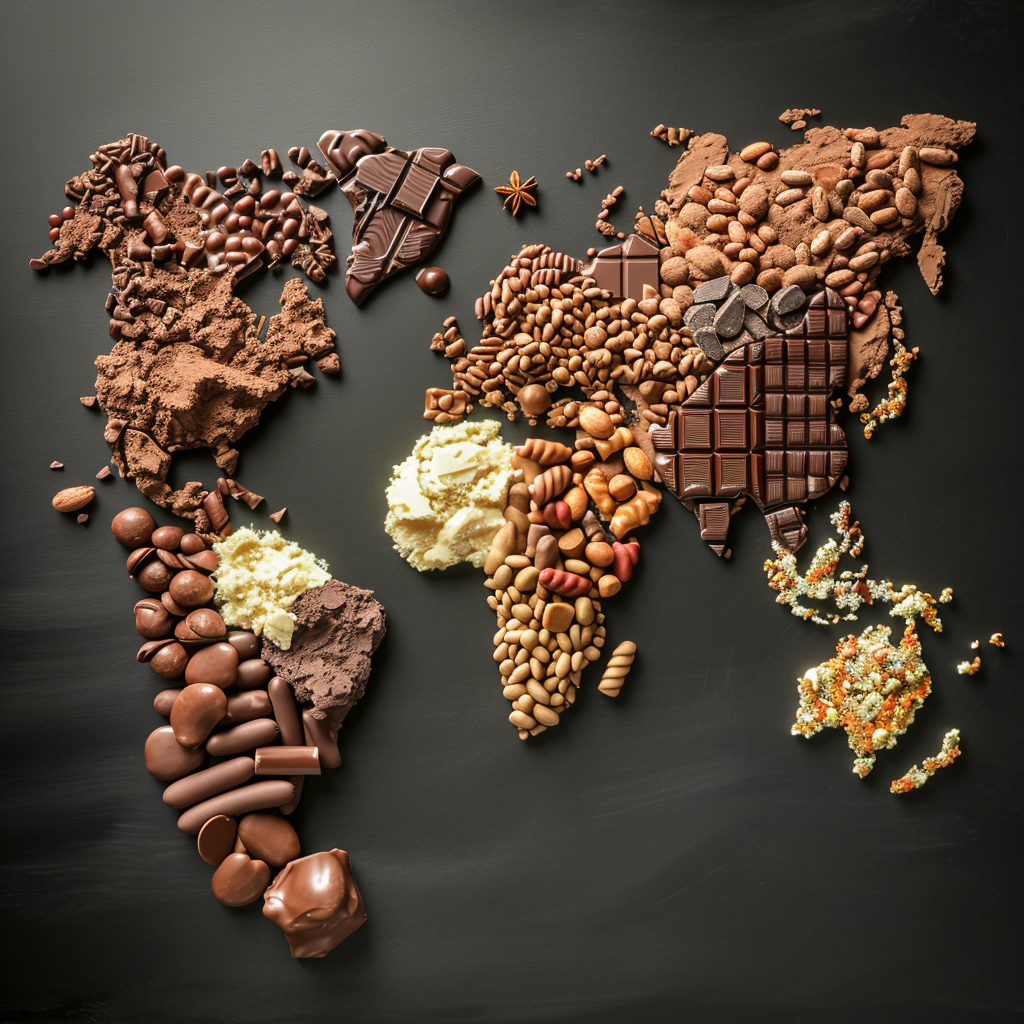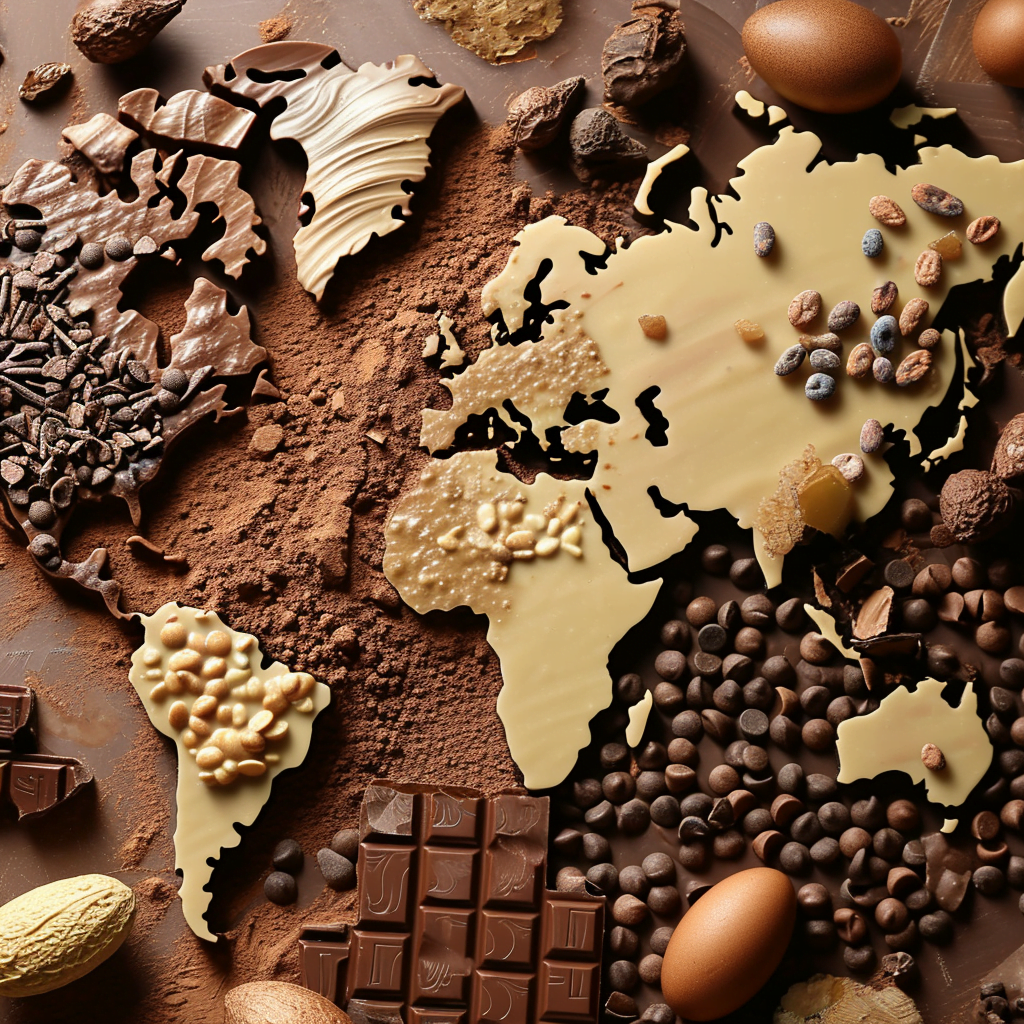Chocolate is one of the most beloved foods worldwide. Over 7 million tons of chocolate are consumed globally each year! But where does all this delicious chocolate come from? As it turns out, most of the world’s chocolate is produced in Western Africa. So lets dive in and find out Which Country Produces the Most Chocolate in West Africa
Top Chocolate Producing Countries
Côte d’Ivoire
Côte d’Ivoire is the world’s largest producer of cocoa beans, the main ingredient in chocolate. It produces over 1.5 million metric tons of cocoa annually, which accounts for nearly 40% of total global production.
Key facts about chocolate production in Côte d’Ivoire:
- Responsible for over 30% of all the world’s cocoa exports
- Cocoa farming sustains over 600,000 small family farms
- Cacao trees grow well in the tropical climate
- High rainfall and abundant sunshine provide ideal conditions
- Well-established transportation networks move beans efficiently to processing facilities
Côte d’Ivoire has held the #1 position for chocolate production since the late 1970s due to ideal geography and climate, along with substantial investments in developing the cocoa supply chain.

Ghana
Ghana comes in second, producing over 800,000 tons of cocoa annually. This accounts for nearly 20% of global production.
Key facts about chocolate production in Ghana:
- Provides income for over 800,000 farmers
- Benefits from proximity and similarity to Côte d’Ivoire’s growing conditions
- Mainly small, family-run farms with average land size under 4 acres
- Government investment in disease research, irrigation, and farmer training
Though still less than Côte d’Ivoire, Ghana has rapidly increased its cocoa output in recent decades thanks to supportive government policies and cooperation from major chocolate companies to improve cultivation practices.
Indonesia
Indonesia has emerged as the third largest cocoa producer worldwide, with annual production reaching over 700,000 tons.
Key facts about chocolate production in Indonesia:
- Mostly large government and private plantations rather than small farms
- Good environment for growing cocoa with tropical climate
- Ongoing expansion of cacao farmland from Sumatra to Papua
- Agricultural research and training in cocoa farming for new growers
- Recently surpassed Nigeria and Brazil in cocoa bean output
Indonesia aims to continue boosting cocoa yields to benefit from rising global chocolate demand. However, sustainability practices are needed to prevent deforestation from new plantations.
Cocoa Bean Cultivation and Processing
The first step in chocolate production happens at cocoa farms, where the precious cocoa beans are grown and harvested. Ripe cocoa pods are cut open and the pulp and beans are removed. The beans are then fermented, dried, and bagged to be shipped to processing facilities.
At chocolate factories, the shelled cocoa beans undergo several steps to produce ingredients like cocoa butter, cocoa powder, and chocolate liquor. These ingredients provide the delicious chocolate flavor and texture when combined with milk, sugar, and other additives.
Most major chocolate brands source cocoa beans from all over the world, including West Africa, Asia, and Latin America. They require a high degree of coordination across complex global supply chains. There are also concerns over labor exploitation, including child labor, on some cocoa farms. Groups like Fairtrade International are working to ensure fair wages and conditions for cocoa farmers.
Why West Africa Dominates Chocolate Production
West African nations like Côte d’Ivoire and Ghana lead global chocolate production for several key reasons:
Ideal Climate: The tropical climate with year-round rainfall and high humidity is perfectly suited for growing cacao trees.
Farming Expertise: Local farming knowledge of best practices in cocoa cultivation has developed over generations.
Infrastructure: There are established ports, storage facilities, transportation, and processing plants to support chocolate manufacturing.
Growing Demand: Rising chocolate consumption, especially in emerging markets, drives greater production.
However, political conflict and plant diseases have hindered growth in the region at times. Supporting peace and research to combat threats like black pod rot is crucial to maintaining output.

The Future of Chocolate Production
While West Africa will likely continue dominating cocoa production, experts predict growth in other regions as well. Asia is expected to substantially increase its share of cocoa bean farming to meet rising domestic demand, especially in populous countries like India, China, and Indonesia itself. Output is also forecasted to expand in Latin America.
However, climate change may have severe impacts on future cocoa crop yields and require greater sustainability measures. Cocoa farming worldwide faces issues like aging farmer demographics, urbanization reducing labor pools, and expanding consumer call for ethically sourced chocolate. Nevertheless, chocolate remains a globally beloved food, even if its supply chains face complex obstacles.
In summary, satisfying the world’s sweet tooth depends on a steady supply of cocoa from tropical nations. Careful coordination between farmers, chocolate makers, and governments will be key to ensuring stable chocolate production, along with more sustainable practices to empower cocoa farming communities. So next time you bite into a chocolate bar, remember the global journey it made from bean to candy aisle.
